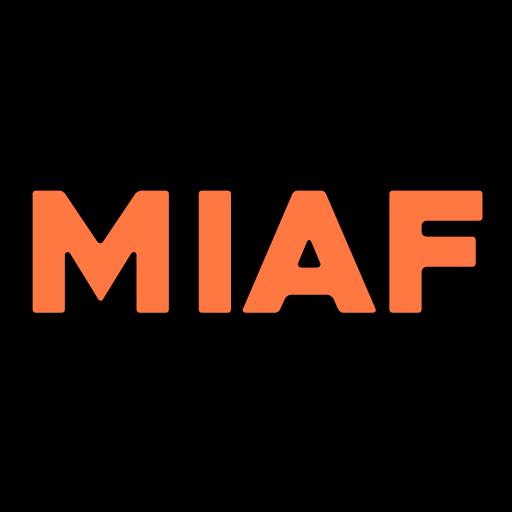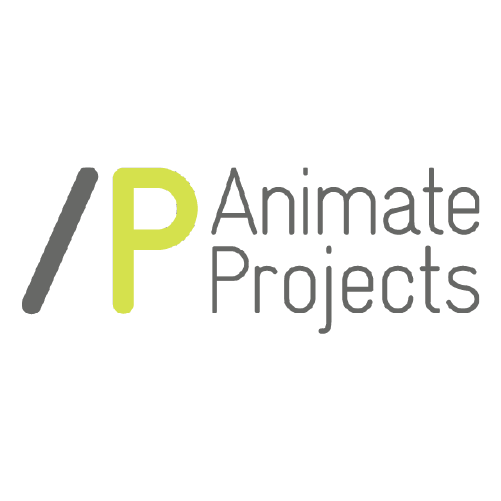
In existence for a mere 15 years, Poland’s Platige Image studio has produced a truly impressive collection of short films and commercials. One of its very first short films, The Cathedral (2002) was nominated for an Academy Award and virtually every one of its shorts since then has gone on to win awards and near-universal acclaim.
Platige Image’s mantra is that creativity generates technology and technology feeds creativity. It is a wonderful vicious circle of inspiration and ideas and Platige Image has been embracing the craziest ideas and finding technologies to bring them to life since their evolution.
On Oct 31st we’ll be bringing you a Studio Focus on Platige Image’s in 3D and followed by a Q&A afterwards with Platige Image’s Ola Watras, all the way over from Poland. Ola Watras is responsible for studio promotion, including commercial, animated and special projects – such as game cinematics like The Witcher series and Cyberpunk 2077. A passion for art and new technology and a background in marketing and development at a number of studios, helps her actively promote projects that mix animation with many different areas such as design, architecture, video mapping and 3D printing. Ola closely follows new areas of art and entertainment, believing that only the combination of these two, results in effective promotion. Ola’s perspective on where digital animation is headed will be fascinating.
At Barbican Find out more or book tickets here
We also have a special Platige Image Masterclass on 2 November Find out more
LIAF Co-Director Malcolm Turner’s Platige Image Visit
In 2010 LIAF Co-Director Malcolm Turner visited Platige Image studios in Warsaw. Here are his recollections:

Platige Image is showing the world how to make CG animation. And they’ve been doing that for a fair while. Fallen Art (2004) is one of LIAF’s all time favourite films. They won an Oscar for The Cathedral and LIAF regulars will remember seeing films such as Teaching Infinity, Moloch, Undo, Mantis, The Kinematograph, Ark and Paths Of Hate.
Their work is a beacon for what CG animation is capable of – intensely rich visuals, cliché-free zones, robust characters and risky, nuanced, sometimes utterly fearless plots. Platige Image has basically created an altar that any fan should visit from time to time to reconnect with the most righteous examples of the artform. Their studio is part of a larger commercial estate hidden behind a fairly narrow, unpromising looking entrance that is pretty easy to roll past. But the horizontal traverse is worth the trouble. Their cinema has been booked, chocolate biscuits unwrapped, films are sitting on pause.
The technicians at Platige Image have custom built their cinema to convert it – with a brief flurry of spring-loaded activity – from a 2D to a 3D screening facility. What followed was a collection of 3D works unlike anything I’ve ever seen before. In general, I don’t have much stomach for the whole 3D stereoscopic thing. The greatest movies ever made in 3D stereoscopic were all made 40 or 50 years ago and Vincent Price nailed the artform. That said, every second time I roll through the National Film Board in Montreal and see what they are doing with their SANDE system I take notice.
But what Platige Image is doing in 3D is happening on a whole different level.

They screened an example of an aerial ‘photo diorama’ of an utterly destroyed Warsaw in the immediate aftermath of World War II. This aerial overpass was created using more than 1,500 different photos matrixed, reconstituted and amalgamated to reproduce an astounding representation of a city that had been razed to nothing more than smouldering rubble, sheltering a populace that had been reduced from about 1.7million to around 1,000. The overall effect was less to do with viewing this molecular destruction of a great city and more about finding oneself being parachuted directly into the midst of it. I’ve never been exposed to this kind of destruction in a place I’ve lived and the experience profoundly shocked me – I can’t begin to imagine what the average (or an older) Pole must feel as they watch this.
Another example was the 3D stereoscopic recreation of a giant painted mural slated for two years of restoration. Rather than have this national treasure disappear from public view altogether during the restorative process, its guardians commissioned Platige Image to digitally recreate it. Under their 3D animation process, this giant, iconic artwork comes to life; it takes on flesh, texture and a pulsing life that has to be experienced to be believed.
Polish animation! What can you say? Whether it’s past masters, stunning contemporary practitioners or a small galaxy of superb studios – this country is one of the great centres of animation and Platige Image is pushing at the boundaries as we zip through the 21st century.
Malcolm Turner
















